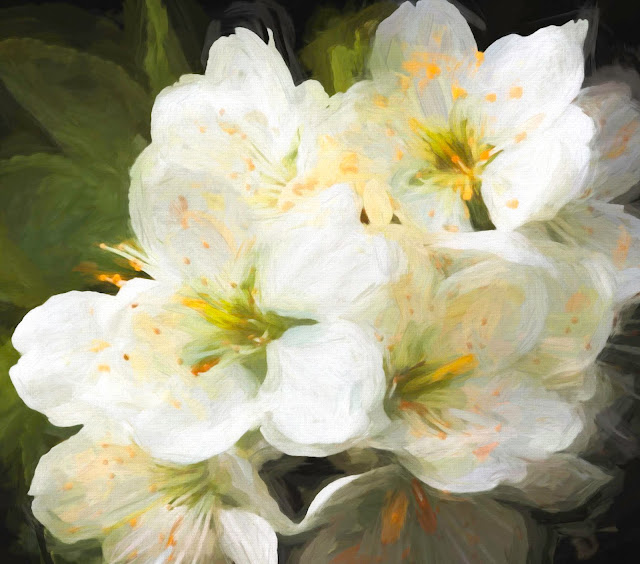Hare Symbolism - Part II
Eostre, the Celtic and Anglo-Saxon goddess of the dawn and fertility, was also associated with the moon, and with mythic stories of death, redemption, and resurrection during the turning of winter to spring. She had the head of a hare and was a shape–shifter, taking the shape of a hare at each full moon. Her consort was a rabbit. All hares were sacred to her, and acted as her messengers. From her name derive the words "east", "estrus", and "Easter". The Briton Queen Boudicca, was said to have worshipped this goddess, and also to have released a Hare before each battle with the Romans, in order to divine the outcome of battle by the Hare's movements.
In German mythology the holy day of the goddess Ostara, the maiden, was celebrated at the Vernal Equinox (usually March 20-21) when night and day are equal and balanced. She was depicted as holding an egg (resurrection) in her hand, while a rabbit (fertility) jumped playfully around her feet. One myth says that the Hare was once a bird, but was transformed by Ostara. The Hare was allowed to keep it's swiftness; and, once a year, the Hare was allowed to lay eggs in remembrance of it's earlier form. Ostara herself is also depicted with a Hare's head or ears.
The Egyptians called the hare Un, meaning "open, to open, the opener", and also "period". Thus the rabbit became a symbol for cycles in both the lunar and human sense of the word. The hare as "opener" symbolized the new year at the Vernal Equinox; and, in the human sense, fertility, rebirth, and the beginning of new life. Osiris was sometimes called Wepuat or Un-nefer, and portrayed with the head of a Hare. The risen Osiris is also linked to the Hare: he was sacrificed to the Nile each year in the form of a hare to guarantee the annual flooding that Egyptian agriculture and society depended upon. One important name of Osiris which is written at times in a cartouche, is usually explained to mean "the Good Being," although it has been suggested that another meaning is "beautiful hare".
In German mythology the holy day of the goddess Ostara, the maiden, was celebrated at the Vernal Equinox (usually March 20-21) when night and day are equal and balanced. She was depicted as holding an egg (resurrection) in her hand, while a rabbit (fertility) jumped playfully around her feet. One myth says that the Hare was once a bird, but was transformed by Ostara. The Hare was allowed to keep it's swiftness; and, once a year, the Hare was allowed to lay eggs in remembrance of it's earlier form. Ostara herself is also depicted with a Hare's head or ears.
The Egyptians called the hare Un, meaning "open, to open, the opener", and also "period". Thus the rabbit became a symbol for cycles in both the lunar and human sense of the word. The hare as "opener" symbolized the new year at the Vernal Equinox; and, in the human sense, fertility, rebirth, and the beginning of new life. Osiris was sometimes called Wepuat or Un-nefer, and portrayed with the head of a Hare. The risen Osiris is also linked to the Hare: he was sacrificed to the Nile each year in the form of a hare to guarantee the annual flooding that Egyptian agriculture and society depended upon. One important name of Osiris which is written at times in a cartouche, is usually explained to mean "the Good Being," although it has been suggested that another meaning is "beautiful hare".




Comments
Post a Comment